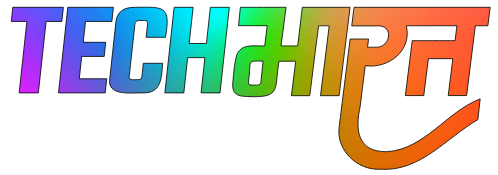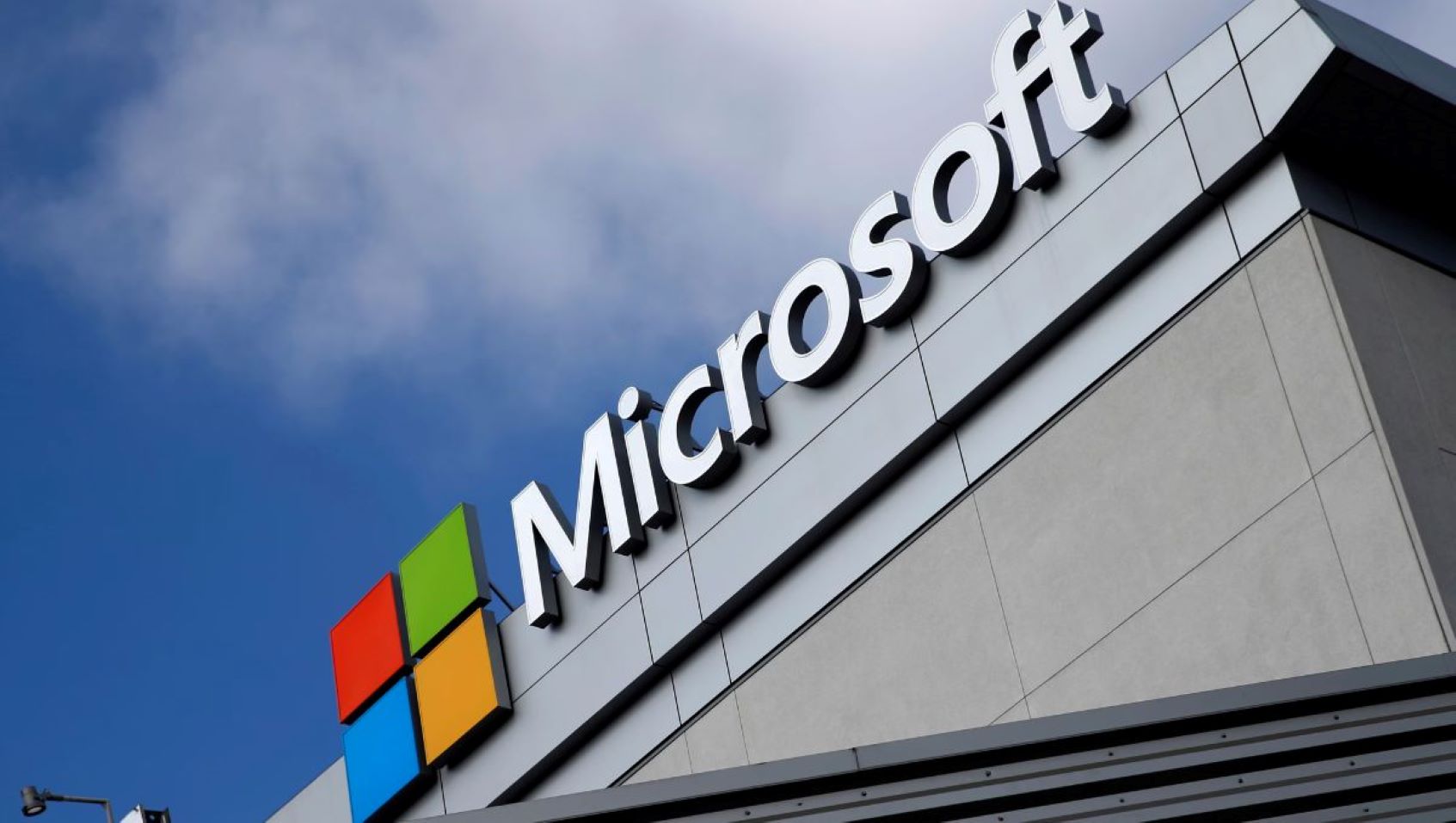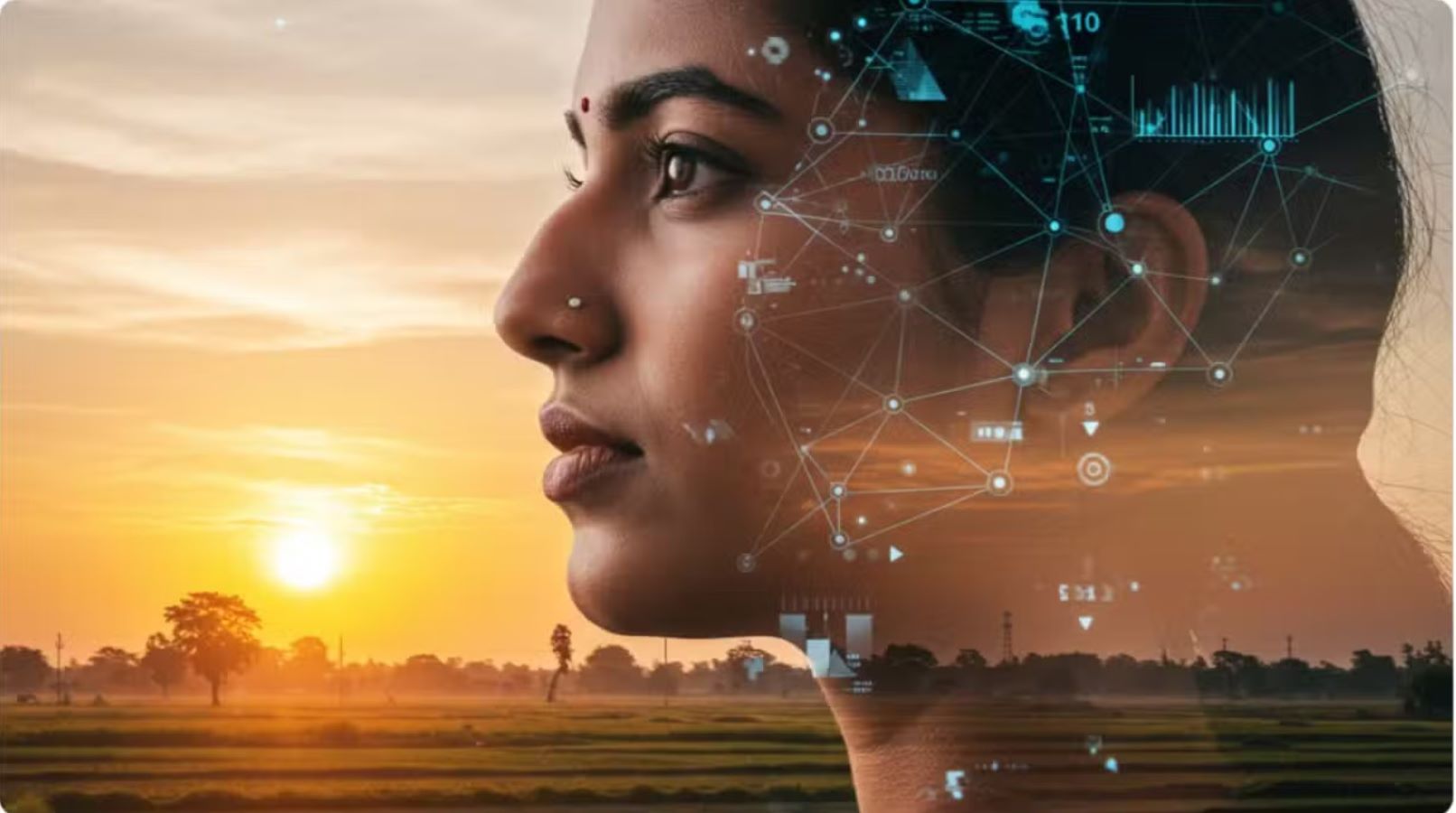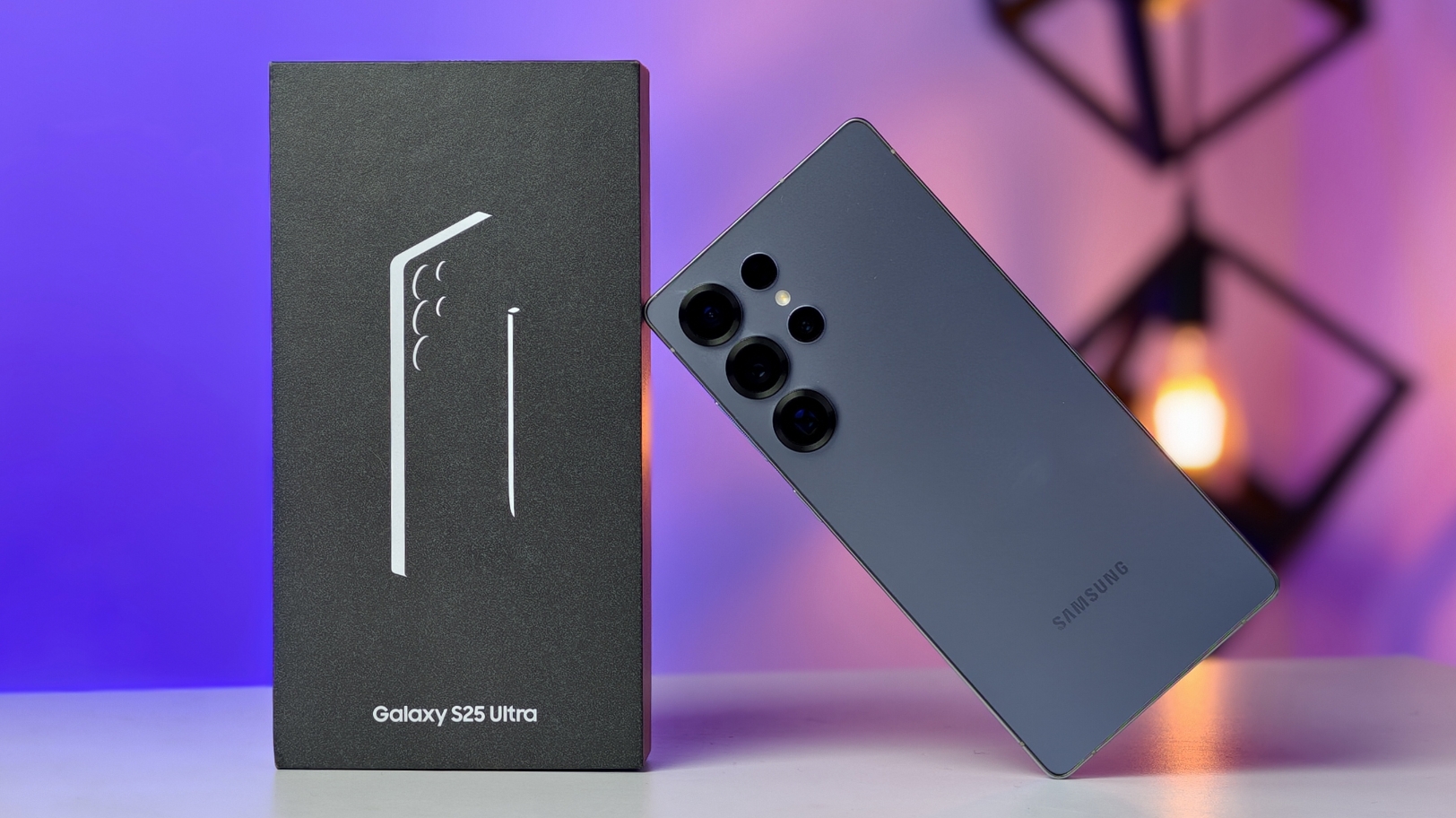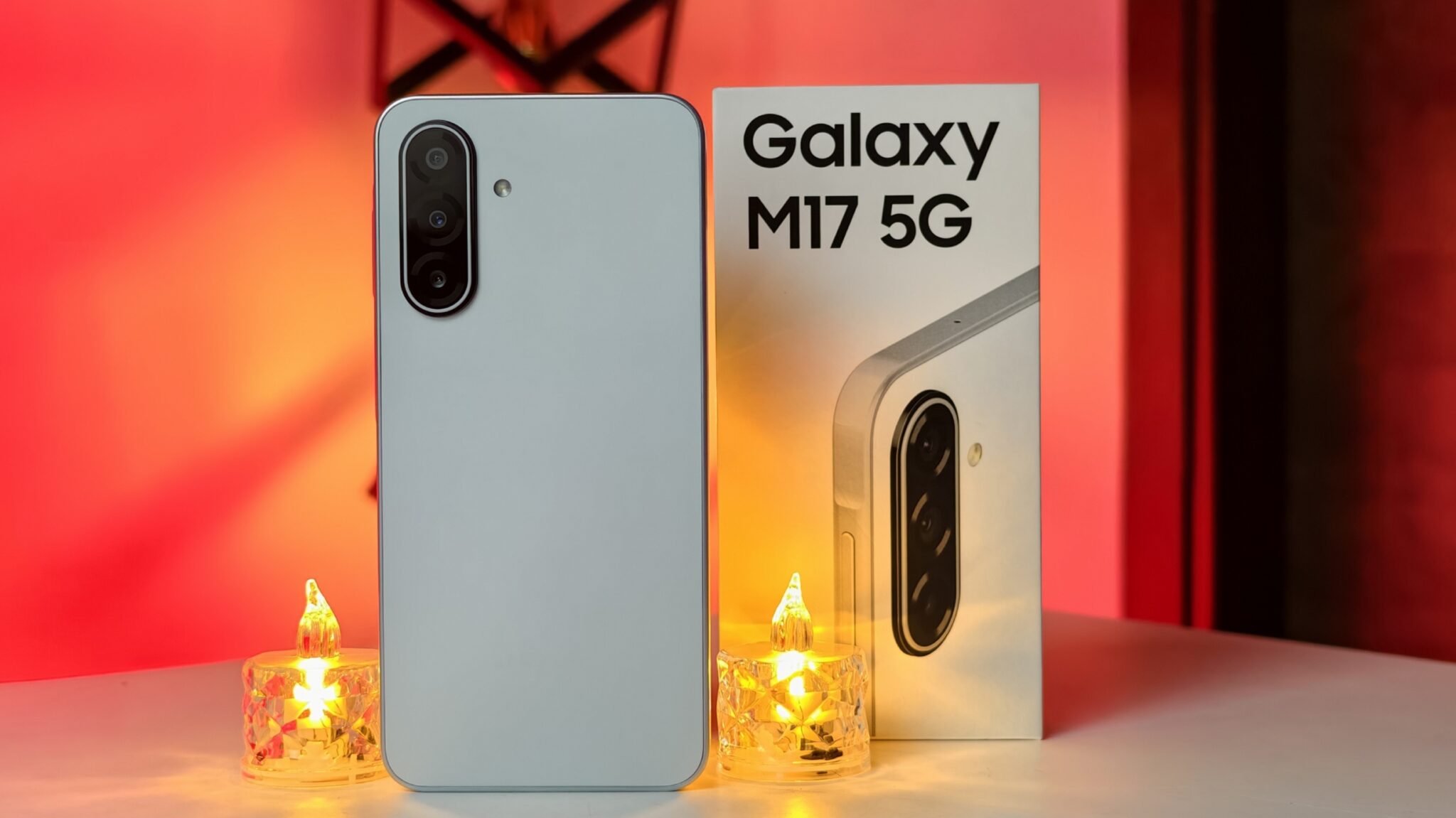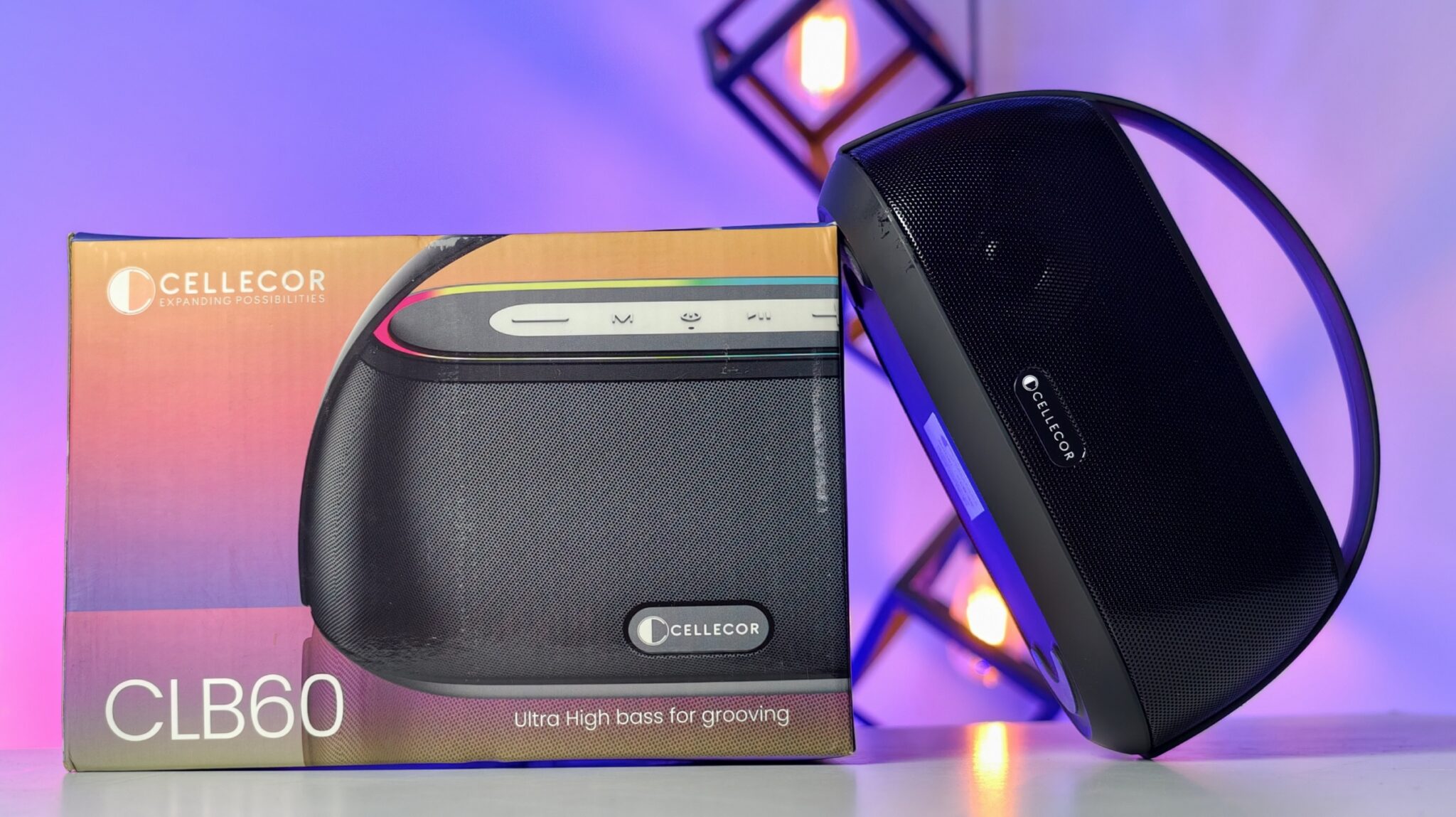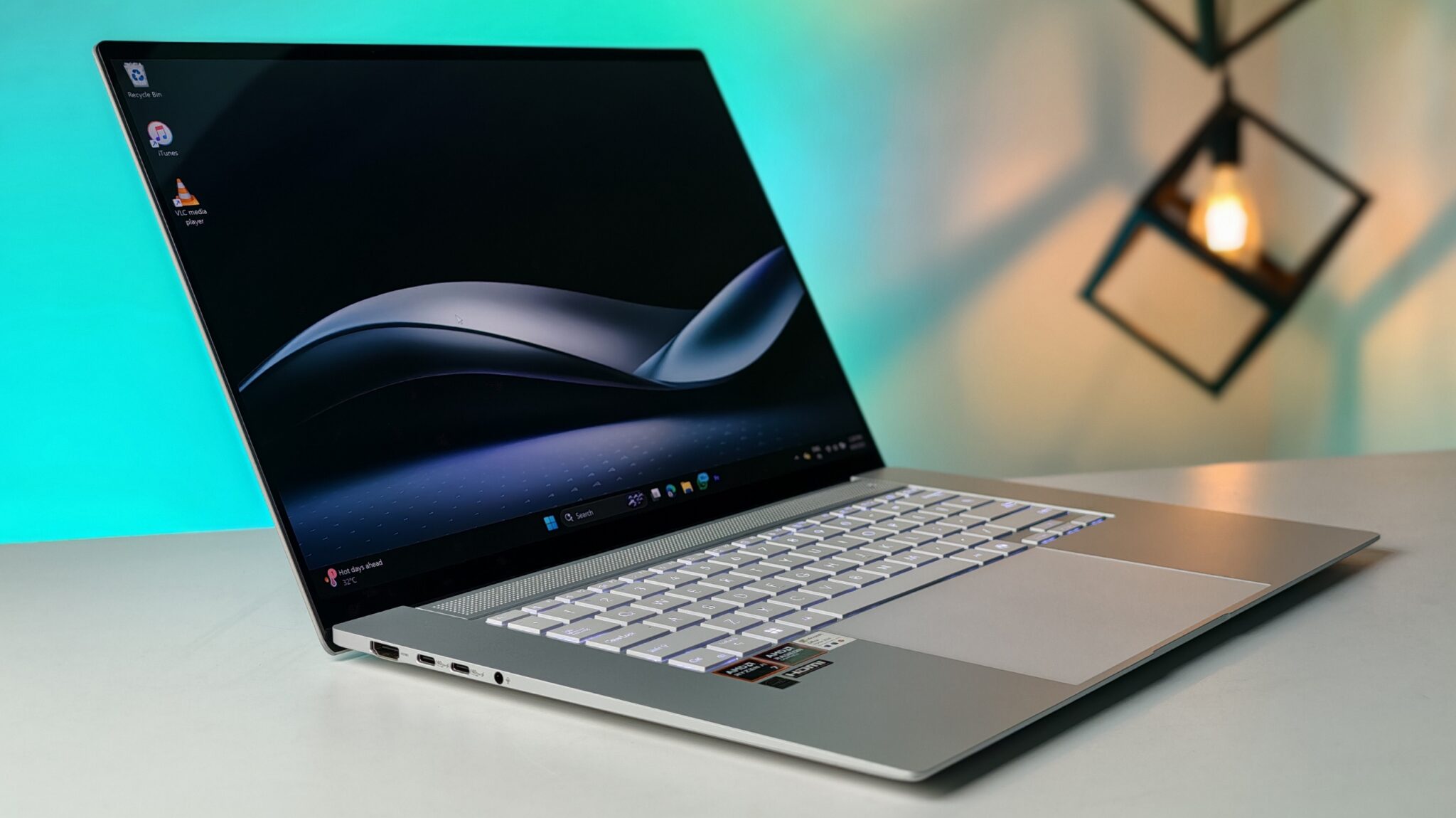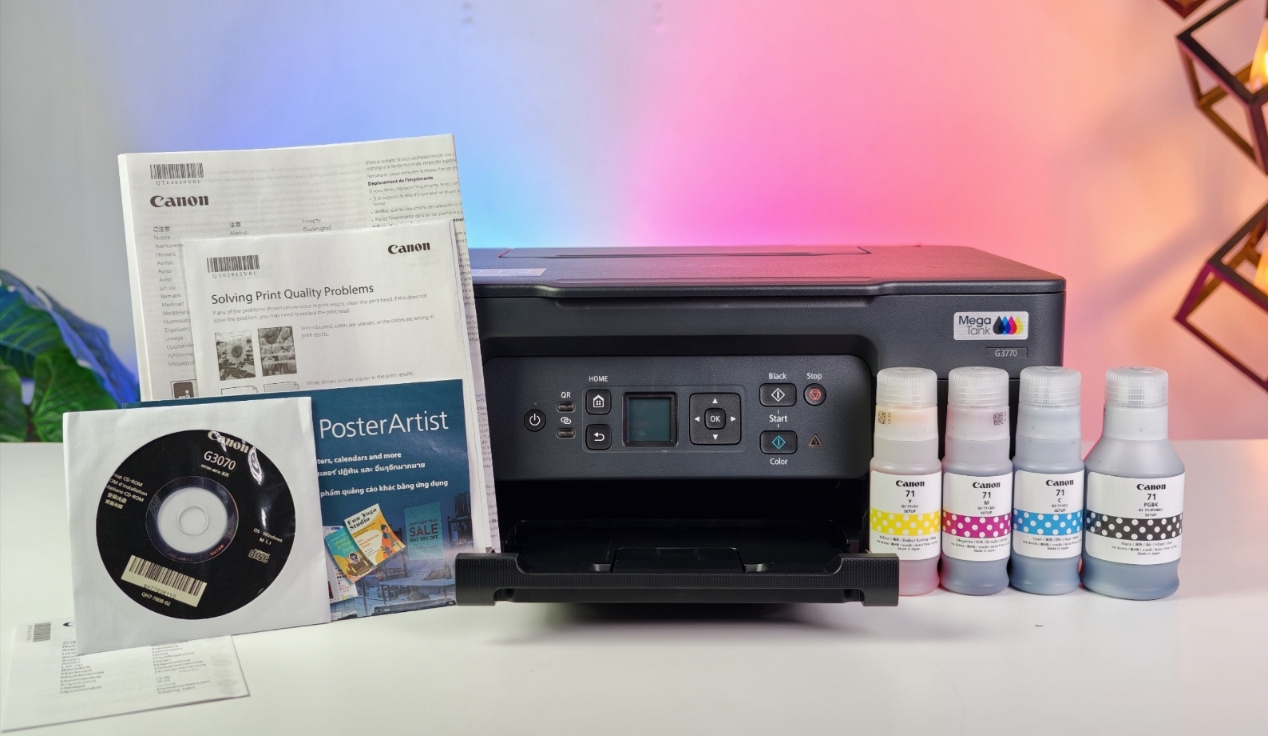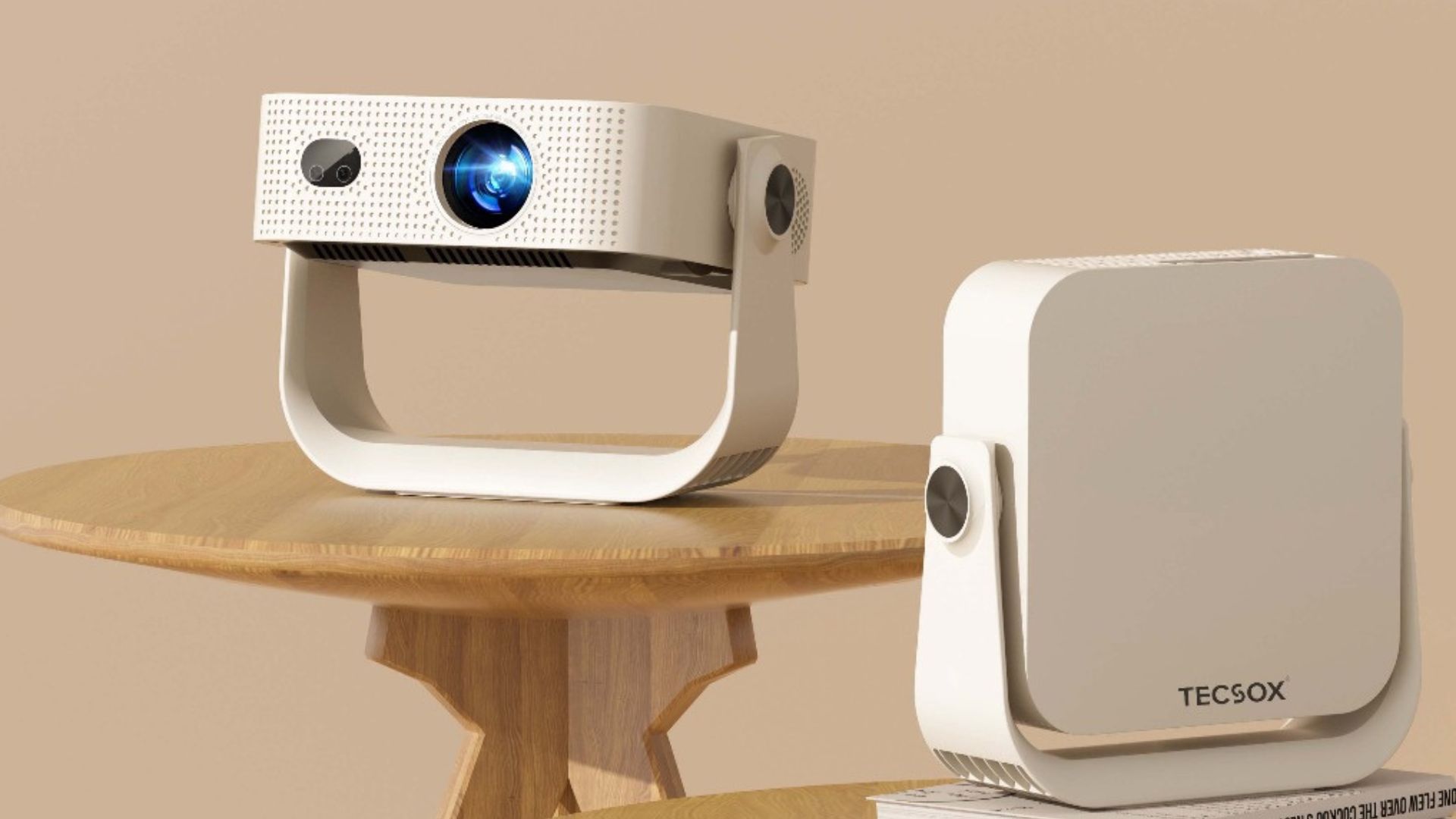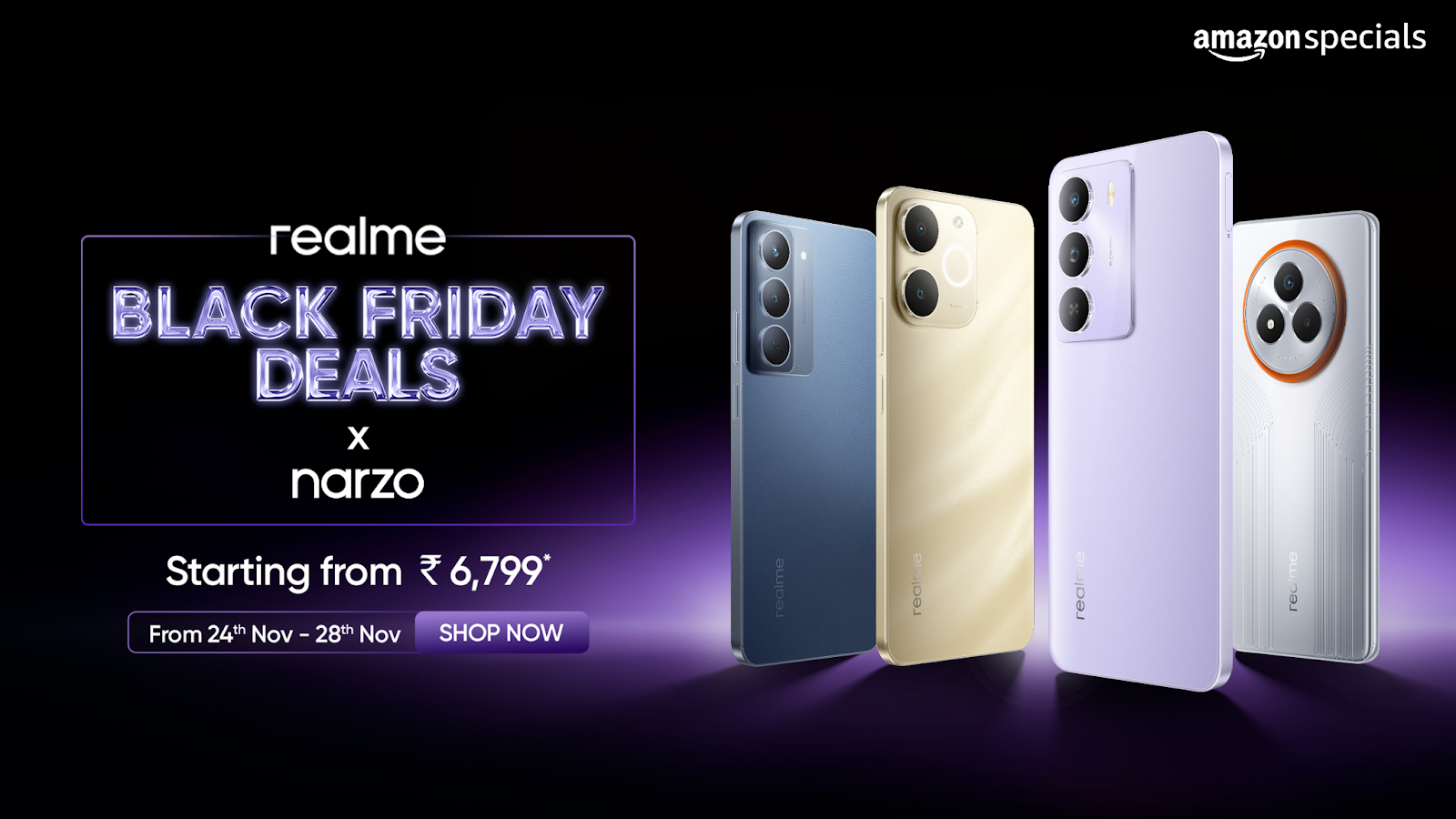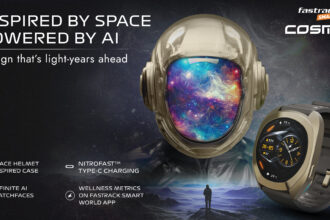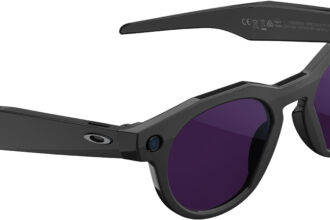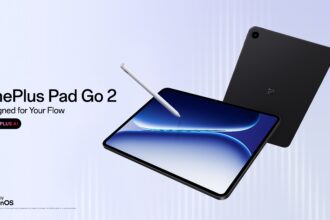Microsoft has officially stepped into the ring of top-tier generative AI by unveiling its first-ever in-house text-to-image generator. The new AI model now powers Microsoft Designer and Bing Image Creator, giving users the ability to produce high-quality visuals from simple written prompts. With this launch, Microsoft positions itself as a direct contender to major players in the space, including its long-time partner OpenAI, the maker of DALL-E 3, and Google, which develops the Imagen family of models.
Key Takeaways
- Microsoft has built its own proprietary AI model for generating images from text.
- The model is publicly available through the Microsoft Designer app.
- The launch signals Microsoft’s growing intent to develop foundational AI technology internally rather than relying solely on partners.
- It directly competes with other major image generators like OpenAI’s DALL-E 3 and Google’s Imagen 2.
Microsoft’s new AI model represents a significant move in its broader artificial intelligence strategy. For years, the company has leaned heavily on its collaboration with OpenAI, integrating models like GPT for text and DALL-E for image generation across products such as Bing and Microsoft 365. That partnership remains strong, but developing its own model marks an important shift, an effort to establish independent core capabilities rather than depending entirely on external technology.
According to early feedback, Microsoft’s model is designed to balance speed, reliability, and image fidelity. It appears to perform particularly well in handling longer, more complex prompts, which have often challenged existing image tools. In Microsoft Designer, the model serves as the default engine. Users can describe what they want to see, and the system quickly generates several creative variations to choose from, streamlining the design process in a way that feels almost intuitive.
This launch adds new momentum to the already heated competition in the generative AI market. OpenAI set an early benchmark with DALL-E, capturing global attention for its creative precision and realism. Google’s Imagen has also advanced rapidly, powering capabilities across its Vertex AI platform and consumer products. Now, by building a model in-house, Microsoft gains more control—over innovation, cost, and the way its AI integrates within its growing ecosystem of software and services.
There’s already a sense of curiosity among users about how this new system stacks up against popular alternatives like Midjourney and DALL-E 3. Some early comparisons suggest the results are promising, though opinions remain mixed, as they often do with emerging tech. Still, it’s clear Microsoft isn’t just experimenting anymore. It’s building.
Frequently Asked Questions (FAQs)
Q. What is Microsoft’s new AI image model?
A. It is a proprietary text-to-image AI model developed by Microsoft’s internal research teams. It is not a rebranded version of OpenAI’s DALL-E but a completely new system.
Q. How is it different from DALL-E 3?
A. While both models generate images from text, Microsoft’s model was built from the ground up with a focus on speed and reliability for its specific product needs, like Microsoft Designer. The underlying architecture and training data are different, which can result in a unique style and interpretation of prompts.
Q. Where can I use Microsoft’s AI image generator?
A. You can access the new AI model through the Microsoft Designer web application and the Image Creator feature within the Microsoft Bing search engine.
Q. Is Microsoft’s AI image generator free?
A. Yes, the image generator is available for free through Microsoft Designer and Bing Image Creator, though there may be limits on the number of fast generations or “boosts” a user has.
Q. Does this mean Microsoft is ending its partnership with OpenAI?
A. No, Microsoft has stated that its partnership with OpenAI remains strong. This new in-house model is a parallel effort, allowing Microsoft to diversify its AI capabilities and have more control over key technologies.
